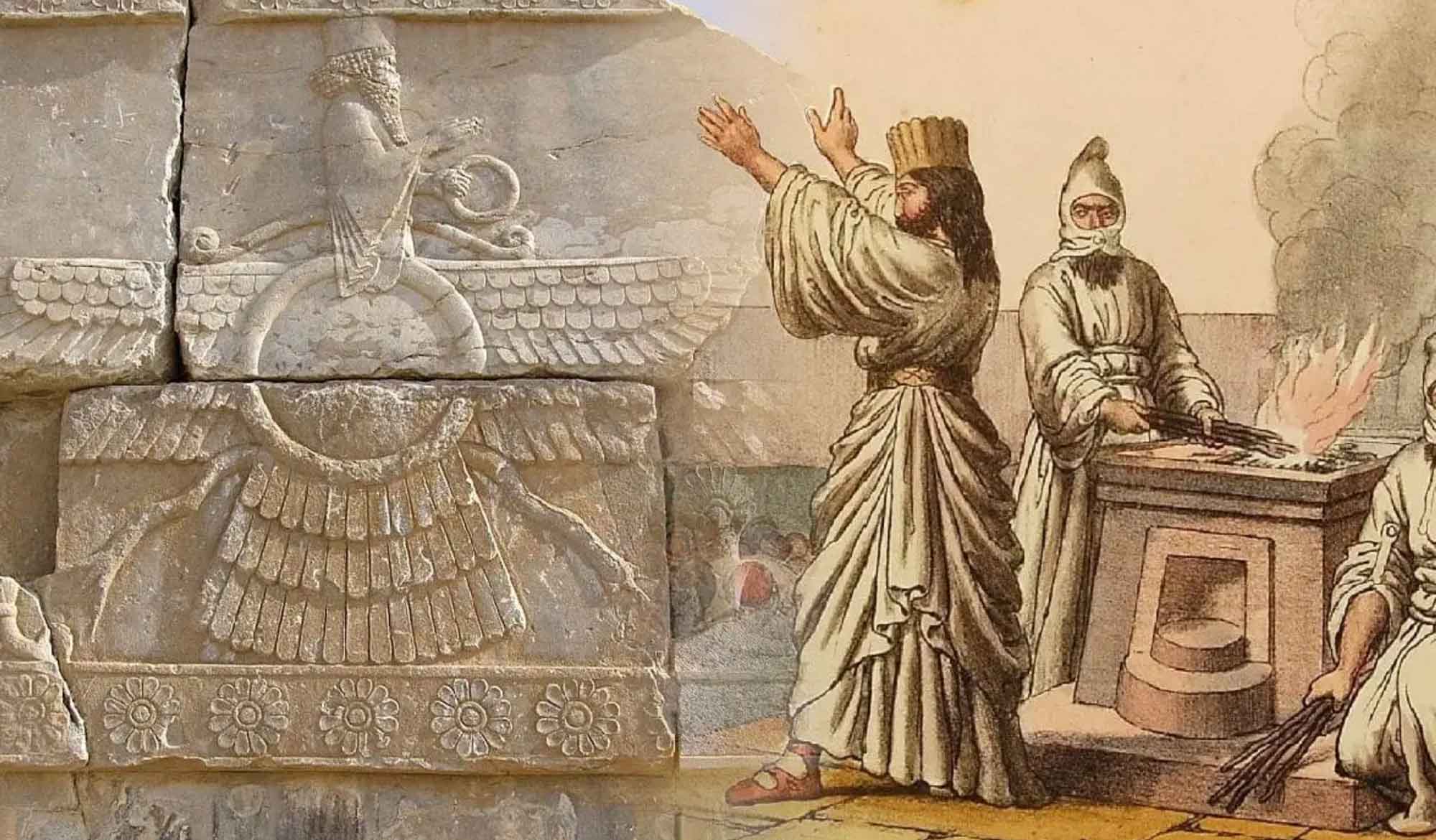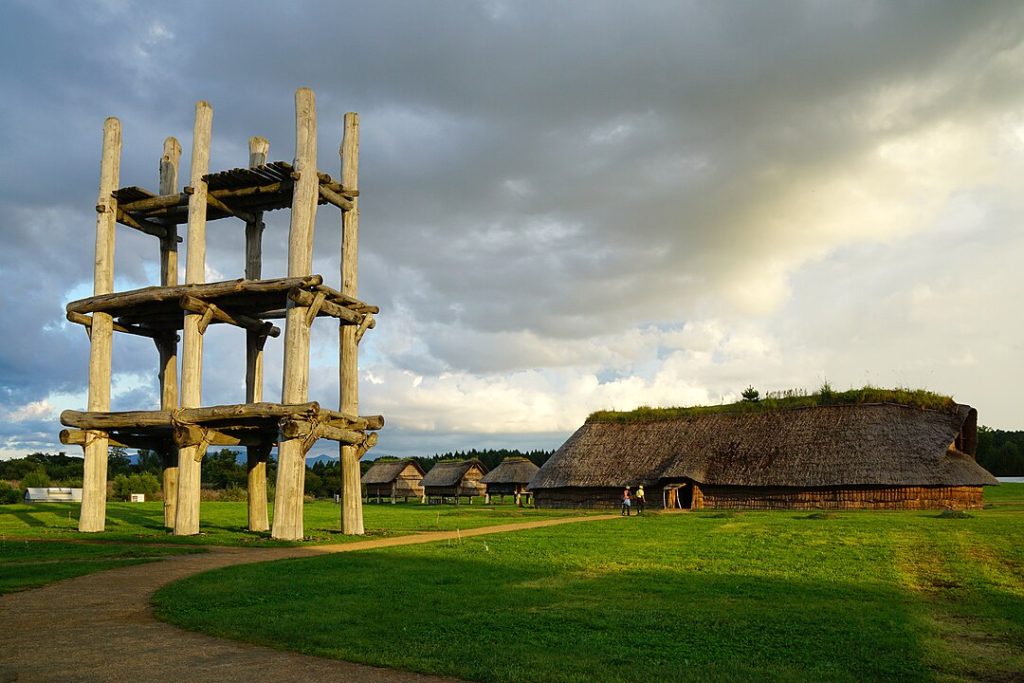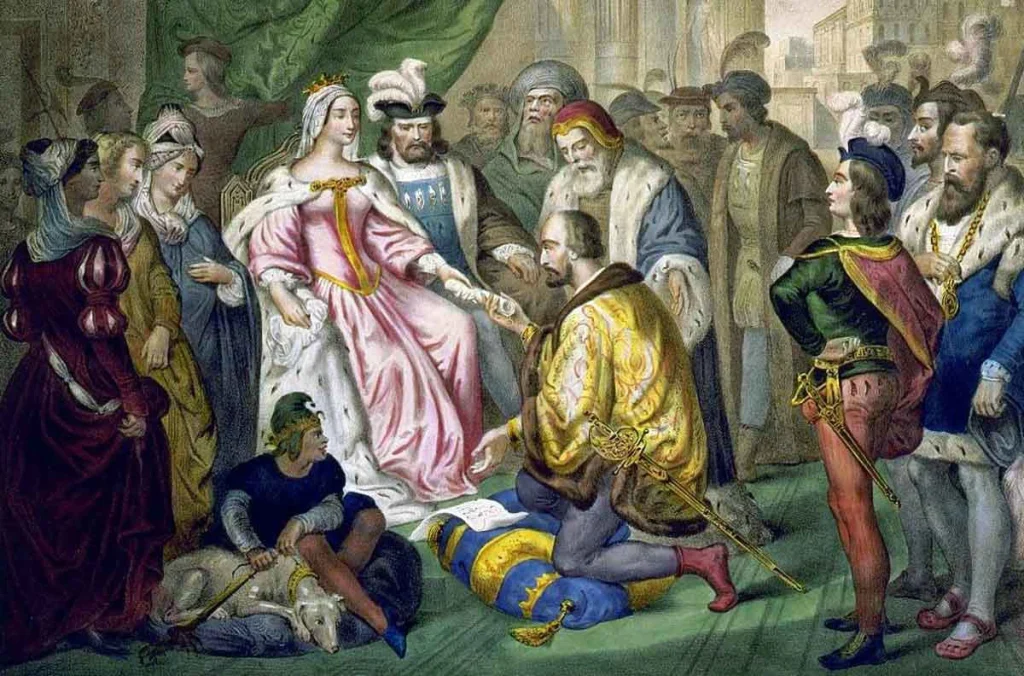Long before the rise of the Persian Empire, before the grandeur of Persepolis or the might of Cyrus the Great, a solitary voice rose from the steppes of ancient Iran. That voice belonged to Zarathustra—also known in Greek as Zoroaster—a man whose words would forever reshape the spiritual destiny of Persia and echo across centuries.
Zarathustra’s life is shrouded in mystery. Scholars debate his exact era—some place him as early as 1500 BCE, others closer to 600 BCE—but what remains constant is his radical message. Born into a society steeped in polytheism and tribal rituals, he would one day proclaim a monotheistic vision so powerful that it would become the state religion of the Persian Empire and influence future faiths like Judaism, Christianity, and Islam.
🌄 A Divine Encounter: The Call from Ahura Mazda
Zarathustra was no ordinary priest. Born into the Spitama family, he was trained in religious rites, but he questioned the moral ambiguity of the traditional gods. Why should some gods demand blood sacrifices? Why should humans appease deities that seemed petty or cruel?
In a moment that would define his life, Zarathustra experienced a divine vision. At the age of thirty, while standing by a river and performing a ritual cleansing, he encountered a shining being of light—Vohu Manah, the embodiment of “Good Mind.” Vohu Manah led him into the presence of Ahura Mazda, the Wise Lord.
This was no minor spirit. Ahura Mazda revealed himself as the one supreme God, the Creator of all that is good. Zarathustra learned that the world was a battleground between two primal forces: Asha (truth and order) and Druj (falsehood and chaos). Humanity, blessed with free will, must choose between them.
It was a staggering revelation. In a world of many gods and appeasement rituals, Zarathustra preached moral clarity, personal choice, and ethical responsibility.
⚖️ The Cosmic Struggle: Good vs. Evil
At the heart of Zarathustra’s message is dualism—not between two equal gods, but between two opposing forces or spirits.
- Spenta Mainyu: the Holy Spirit, aligned with Ahura Mazda, represents light, life, truth, and righteousness.
- Angra Mainyu (Ahriman): the Destructive Spirit, embodies darkness, lies, decay, and evil.
This conflict plays out in the cosmos, in nature, and within every human soul. Unlike deterministic or fatalistic systems, Zarathustra taught that each person has the freedom to choose between good and evil. Salvation comes not through sacrifice or fear, but through good thoughts, good words, and good deeds.
This triad became the guiding principle of Zoroastrianism.
More Stories
🛡 Prophet Against the World: Rejection and Triumph
Zarathustra’s ideas were not warmly received at first. He preached against the old gods and challenged the authority of powerful priests. He refused to participate in animal sacrifices, drawing the ire of those who profited from them. For years, he faced persecution, ridicule, and exile.
But the prophet persisted.
Eventually, his teachings found a powerful patron: King Vishtaspa, a regional ruler who became convinced of Zarathustra’s message. With the king’s support, Zarathustra was able to establish Zoroastrianism as a state-supported religion in his region. From there, the seeds spread.
His followers gathered and memorized his hymns—called the Gathas—which form the oldest and most sacred part of the Zoroastrian scriptures, the Avesta.
👑 A Legacy Woven into Empire
Centuries after Zarathustra’s death, his teachings became the spiritual foundation of the Achaemenid Empire—one of the greatest powers of the ancient world. Kings like Cyrus the Great, Darius I, and Xerxes invoked Ahura Mazda as the divine source of their authority.
Yet Zoroastrianism was never about forced conversion or dogmatic rule. Its message emphasized personal conscience, truthfulness, and the fight against injustice. Fire temples were built as places of purity and worship, with the eternal flame symbolizing divine light and wisdom.
Even after the fall of the Achaemenids, Zoroastrianism endured under the Parthians and flourished again during the Sasanian dynasty, where it reached its peak as the empire’s official religion.
🌍 Influence Beyond Persia
Zarathustra’s ideas did not remain confined to Iran. Through conquest, trade, and cultural exchange, his dualistic worldview and ethical teachings spread far and wide.
- Concepts of heaven, hell, angels, demons, and a final judgment bear striking parallels in later Abrahamic religions.
- The notion of a cosmic battle between light and darkness influenced Manichaeism, Gnosticism, and even Christian apocalypticism.
- The emphasis on free will and moral responsibility resonated with Greek philosophers and Enlightenment thinkers alike.
Friedrich Nietzsche, the 19th-century German philosopher, even used the prophet’s name for his seminal work Thus Spoke Zarathustra, though his use was metaphorical and bore little resemblance to the historical figure.
🕊 Zarathustra Today: A Fading Fire Still Burning
Zoroastrianism, once followed by millions, now numbers fewer than 200,000 adherents worldwide—mostly in Iran and among the Parsi community of India, descendants of those who fled Muslim conquest centuries ago.
Yet the legacy of Zarathustra remains profound.
His voice still calls out from ancient texts, challenging humanity to think clearly, act justly, and choose wisely. In a world often clouded by division and deception, his message of moral clarity, individual choice, and cosmic purpose still resonates.
Zarathustra didn’t claim to be divine. He was a man—but one who saw the divine clearly, and dared to share that vision with the world.










































